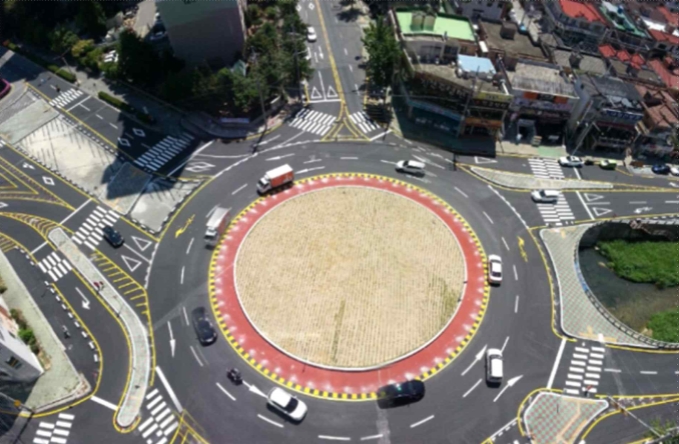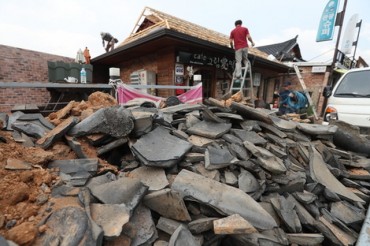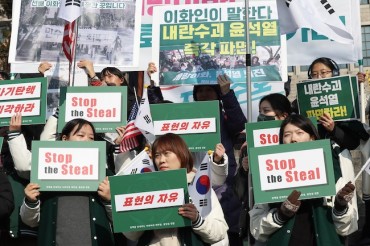
A roundabout is a circular intersection with a traffic island at the center, and traffic flows counterclockwise around the traffic island. (image: Ministry of the Interior and Safety)
SEJONG, Feb. 27 (Korea Bizwire) — Recent government data has shown that the number of traffic fatalities decreased by half when intersections that had no traffic lights or an unnecessarily long waiting time were replaced with roundabouts.
The Ministry of the Interior and Safety (MOIS) and the Korea Transport Institute released an analysis of traffic fatalities in the year before and after the construction of 129 roundabouts on Tuesday.
While 147 fatalities were reported in the year before the roundabouts were built, 73 were reported in the year after, for a 50.3 percent decrease in total fatalities.
A roundabout is a circular intersection with a traffic island at the center, and traffic flows counterclockwise around the traffic island.
A vehicle circling the roundabout has priority, and there is a broken white line indicating an access point instead of a stop line.
In particular, when the roundabouts were built, the number of deaths and serious injuries decreased 63.6 percent from 44 reported cases to 16.
The average driving time also decreased 17.1 percent from 29.2 seconds before construction to 24.2 seconds once the roundabout was built.
The intersection in front of Myeongji Ocean City in Busan did not have much traffic but it took a long time to wait for unnecessary traffic signals.
Due to the long waiting time, drivers often violated traffic signals resulting in six fatalities in 2015. However, after the construction of a roundabout, no casualties were reported in 2017.
The MOIS has so far built 498 roundabouts and plans to add 71 more this year.
The MOIS further plans to cooperate with GPS navigation system operators to provide information of the roundabouts and caution to drivers starting from the second half of this year.
According to Huh Un-wook, the director of safety policy of the MOIS, it is important for drivers to know exactly how to drive when using roundabouts, and to yield appropriately to traffic.
As roundabouts have proved to be an effective means of reducing traffic fatalities, the MOIS will continue to expand their use at intersections across the country.
Lina Jang (linajang@koreabizwire.com)






